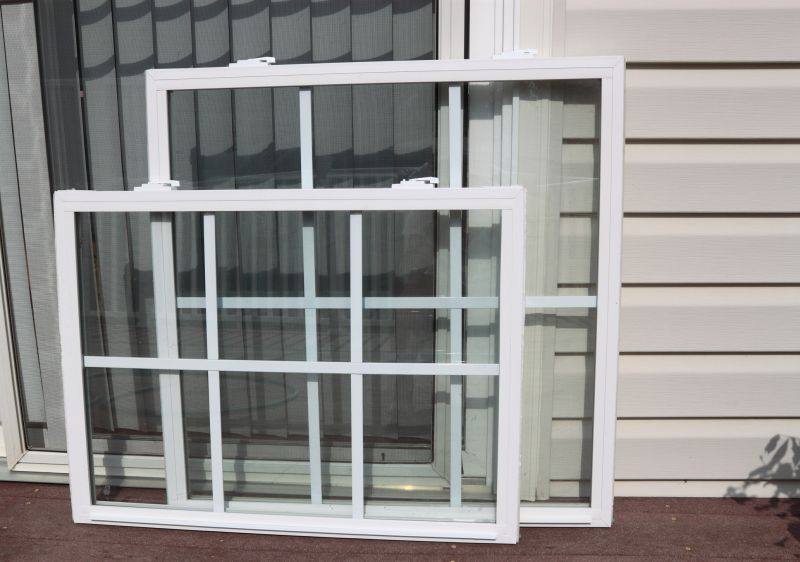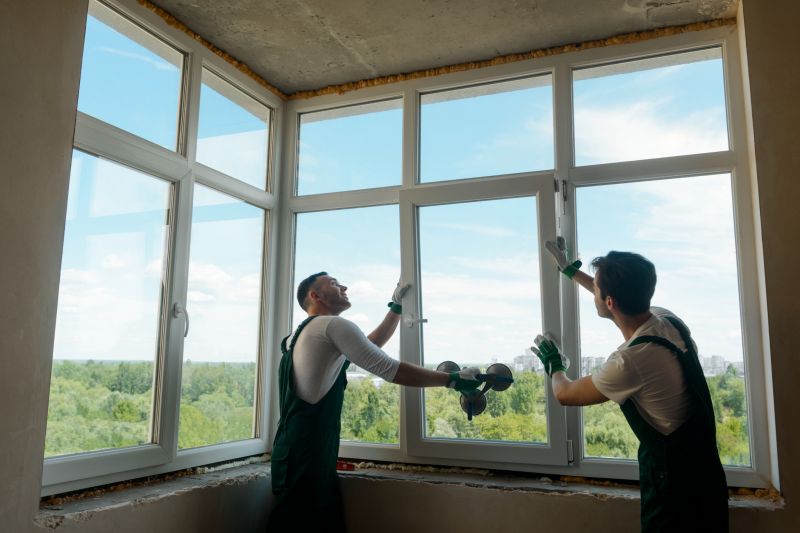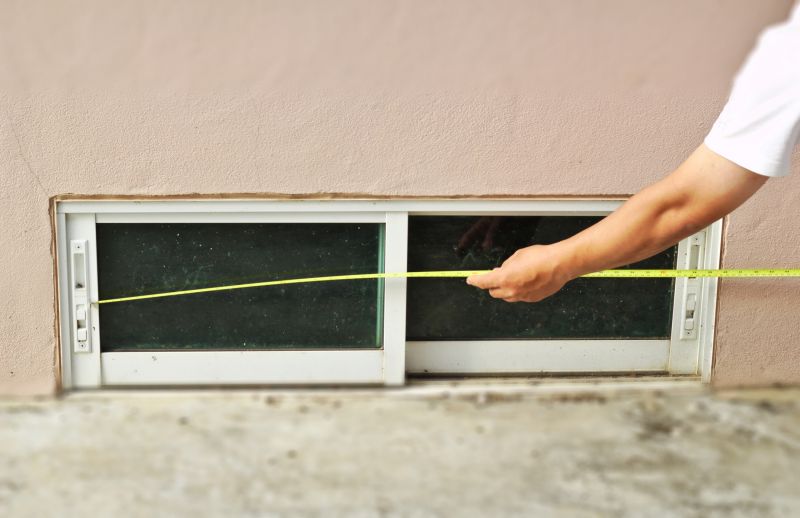Optimal Timing for Window Installations
Choosing the optimal time for Windows installations can impact the process's efficiency and success. Understanding seasonal, environmental, and technical factors helps in planning installations for minimal disruption and maximum reliability.
Spring and fall are often preferred due to moderate temperatures, reducing risks associated with extreme heat or cold during installation.
Dry weather minimizes the risk of moisture-related issues, making periods with low humidity ideal for Windows installations.
Off-peak times, such as late fall and early spring, may offer better scheduling flexibility for professional installers.
Timing installations during periods of lower system demand ensures compatibility checks and reduces conflicts with other maintenance activities.

Ways to make Windows Installations work in tight or awkward layouts.

Popular materials for Windows Installations and why they hold up over time.

Simple add-ons that improve Windows Installations without blowing the budget.

High-end options that actually feel worth it for Windows Installations.

Finishes and colors that play nicely with Windows Installations.

Little measurements that prevent headaches on Windows Installations day.

A 60-second routine that keeps Windows Installations looking new.
| Factor | Best Time to Schedule |
|---|---|
| Temperature | Moderate temperatures in spring and fall |
| Humidity | Dry seasons with low humidity |
| Technician Availability | Off-peak periods like early spring or late fall |
| Operational Disruptions | Periods of low activity for minimal inconvenience |
| Weather Risks | Avoiding rainy or extreme weather months |
Windows installations are critical for enhancing security, improving energy efficiency, and updating system performance. Proper timing ensures smoother execution, reduces complications, and aligns with environmental conditions. Data indicates that scheduling during moderate weather conditions can decrease installation delays by up to 30 percent, leading to quicker project completion.
Technical considerations such as system compatibility and environmental factors influence the success of Windows installations. Planning during periods of low system demand allows for thorough testing and reduces the likelihood of conflicts or errors. Additionally, scheduling during times when technicians are more available can lead to more flexible appointment options and better service quality.

